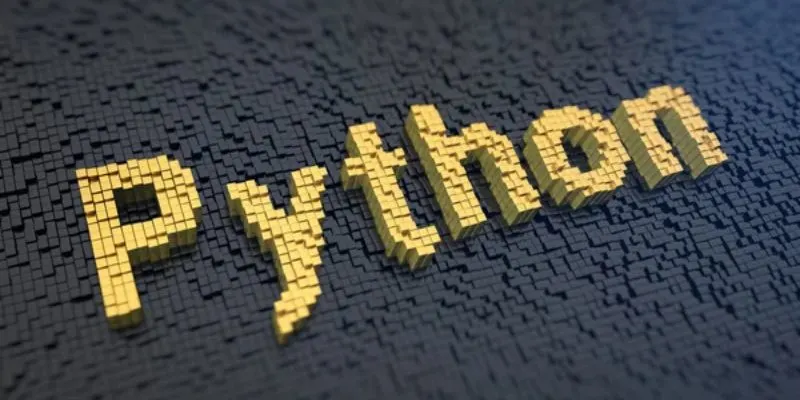When using machine learning and data analysis, the phrase “Garbage in, garbage out” is especially important. Even the best algorithms cannot give reliable results if the data is messy, incomplete, or inconsistent. This is why cleaning and preparing your data is a crucial part of any data project. Python makes this process easier with its wide range of libraries that help you clean, transform, and get your data ready for analysis. If you want to build these skills and get practical experience, joining a Python course in Bangalore at FITA Academy can help you learn how to work with real-world data using tools like Pandas, NumPy, and Scikit-learn.
In this blog, we’ll explore how to clean and prepare data efficiently using Python, along with practical examples and best practices to improve your workflow.
Why Data Cleaning Matters
Data cleaning is a crucial process in data analysis and machine learning. It involves fixing or removing incorrect, corrupted, or incomplete data from a dataset to ensure accuracy and consistency. Real-world data often contains issues such as missing values, duplicate records, incorrect data types, or inconsistent formatting. When these errors go unaddressed, they can lead to misleading insights and poor business decisions.
Effective data cleaning ensures that the dataset is accurate, consistent, and reliable. It also enhances the performance of machine learning models and simplifies visualization, reporting, and interpretation. Python libraries such as Pandas, NumPy, and OpenPyXL help data professionals clean, organize, and transform datasets to find valuable insights. If you want to build practical skills with these tools, consider joining a Python Course in Hyderabad. You’ll learn data-cleaning and analysis methods that are used in real projects.
Step 1: Importing and Inspecting Data
Before cleaning can begin, it’s important to load and inspect your dataset carefully. This initial inspection helps identify structural issues, data types, and potential problem areas such as missing or inconsistent entries. By exploring the dataset early, you gain a clear understanding of what needs to be fixed, filtered, or reformatted. A thorough inspection forms the foundation for an efficient data-cleaning process.
Step 2: Handling Missing Values
Missing data is one of the most common challenges in data preparation. Depending on the size and nature of your dataset, missing values can be handled in different ways. In some cases, it’s best to remove rows or columns with too many missing entries, especially when they contribute little to the analysis. In other cases, replacing missing values with substitutes such as the mean, median, or mode can help preserve the dataset’s integrity.
The right approach depends on the data’s context. For example, filling missing sales figures with an average might work, while removing incomplete records may be better in another case. To master such techniques, enrolling in a Python Course in Delhi can help you learn efficient data-cleaning methods using Python.
Step 3: Removing Duplicates
Duplicate records can distort statistical analysis, inflate metrics, and mislead results. Identifying and removing duplicates ensures that each record in the dataset is unique and contributes fairly to the analysis. Clean data promotes reliable insights and prevents overcounting or redundant patterns that could affect decision-making or model training.
Step 4: Correcting Data Types
In many datasets, values may be stored in the wrong format — for example, dates recorded as text or numeric fields saved as strings. Converting these values into appropriate data types is essential for accurate calculations and analysis. Ensuring that dates, numbers, and text fields are correctly formatted allows Python tools to process them efficiently and prevents potential errors during computation or visualization.
Step 5: Standardizing and Normalizing Data
Standardization and normalization bring uniformity to data, making it easier to compare and analyze. For instance, categorical values like “Yes”, “Y”, and “1” may represent the same meaning but need to be standardized for consistency. Likewise, normalization is often used to scale numerical values within a specific range, especially when preparing data for machine learning models. You can learn these essential preprocessing techniques by joining a Python Course in Trivandrum, where you’ll gain practical skills in handling and transforming data efficiently.
These processes make datasets more structured, interpretable, and ready for analytical or predictive tasks.
Step 6: Detecting and Handling Outliers
Extreme values that deviate greatly from the norm are called outliers, and the rest of the data. While some outliers may reveal important insights, others can distort results or mislead models. Detecting outliers using statistical techniques or visual tools is vital to maintaining the integrity of your analysis.
Depending on the context, outliers can be corrected, transformed, or removed. For example, in financial data, extremely high or low revenue values may indicate errors that need further investigation.
Step 7: Renaming Columns and Reindexing
Renaming columns with clear and descriptive names improves readability and reduces confusion during analysis. A consistent naming convention also makes collaboration easier, especially in large projects. Reindexing or reorganizing your dataset helps maintain structure and ensures smooth integration when merging data from multiple sources.
Step 8: Exporting the Clean Data
Once the data has been thoroughly cleaned and validated, it can be exported for analysis, visualization, or machine learning. A clean dataset serves as a reliable foundation for building accurate models, generating reports, or creating dashboards. Saving the final version in a structured format ensures that your work can be easily reused or shared with others.
Best Practices for Efficient Data Cleaning
- Keep a backup of your raw dataset before making any modifications.
- Automate repetitive tasks using Python scripts to save time and reduce human error.
- Validate and test your cleaned data regularly to ensure consistency.
- Document your workflow so that the data preparation process is transparent and repeatable.
- Use visualisation tools to detect hidden issues or patterns that may require correction.
Having clean and accurate data is key to reliable analysis and machine learning. By joining a Python Course in Jaipur, you can get practical experience with data cleaning and preprocessing, which will help you tackle real-world projects.


